Uncle Ho, the monk in charge of the Quang Ninh province, the painting of the monk Dao The Am _Source: Department of Fine Arts, Photography and Exhibitions
President Ho Chi Minh 's instructions on the organization of local government apparatus
First, establish the legal foundation and determine the constituent elements of local government.
Building a constitutional and legal State is the consistent ideology of President Ho Chi Minh. Regarding the organization of local government, the first fundamental step of President Ho Chi Minh was to lead the establishment of the legal foundation and determine the constituent elements. The 1946 Constitution with Chapter 5 “People’s Councils and Administrative Committees” is the earliest legal document led by President Ho Chi Minh to build and promulgate. Inheriting the spirit of the 1946 Constitution, the 1959 Constitution added the phrase “local levels” and devoted Chapter 7 to “People’s Councils and Administrative Committees at all levels”. The phrase “local levels” was added to the chapter title. The 1959 Constitution, Article 78, clearly states: “Administrative units within the Democratic Republic of Vietnam are divided as follows: The country is divided into provinces, autonomous regions, and centrally-run cities; Provinces are divided into districts, cities, and towns; Districts are divided into communes and towns. Administrative units within autonomous regions are prescribed by law.” Article 79 of the 1959 Constitution stipulates: “The above-mentioned administrative units all establish People’s Councils and Administrative Committees. Cities may be divided into wards with People’s Councils and Administrative Committees according to decisions of the Government Council.”
The 1958 Law on Organization of Local Government signed by President Ho Chi Minh provides specific and detailed regulations on the organization of local government. Chapter 1 stipulates: Autonomous regions, centrally-run cities, provinces, prefectures, provincial cities, towns, communes, and townships have people's councils and administrative committees. Districts have administrative committees. Neighborhoods in large cities and towns have neighborhood administrative boards. Cities can be divided into neighborhoods with people's councils and administrative committees. Thus, the organization of the local government apparatus includes people's councils and people's committees (sometimes called administrative committees) at the levels of local administration as prescribed by the Constitution and laws.
The People's Council is the organ that constitutes the organizational structure of the local government in Vietnam. Decree No. 63/SL dated November 22, 1945 stipulates that the People's Council at the commune level has from 15 to 25 official members and from 5 to 7 alternate members. The People's Council at the provincial level has from 20 to 30 official members and 5 alternate members. The number of People's Council members is calculated according to the population through a decree of the Ministry of the Interior . On January 23, 1946, President Ho Chi Minh signed Decree No. 10/SL, adjusting a number of regulations: in each province, there will be a People's Council consisting of from 20 to 30 official members and a number of alternate members equal to the number of electoral units (ie each electoral unit has one alternate member); electoral units will be districts and towns. The number of members divided for each district and each town will be determined by the decree of the administrative committee of the period.
The People's Committee (also known as the administrative committee) is the executive body elected by the People's Council; implements resolutions, and is supervised by the People's Council. According to the Law on Organization of Local Government in 1958: "Administrative committees at all levels are the executive bodies of the People's Councils at the same level...". President Ho Chi Minh considered "The People's Committee (commune, district, province, city) as a form of Government in localities" (1) . Decree No. 63/SL signed by President Ho Chi Minh on November 22, 1945 stipulates the organization of administrative committees including commune, district, province, and region levels. In the article “ How to organize people’s committees ” (2) , President Ho Chi Minh pointed out: A committee of 5 to 7 people must elect a chairman, who is the head of the committee, responsible for supervising and controlling other members, contacting higher levels of ministries and local organizations, gathering and conducting meetings; a vice chairman, who assists and replaces the chairman when he is busy or absent; a secretary who keeps books and makes minutes at meetings; members in charge of politics, finance, economy, military, and society. The chairman, vice chairman, and secretary can also be in charge of economics, finance, propaganda, training, military, or society. The chairman, vice chairman, and secretary form a standing committee to direct daily work. The members in charge, if necessary, can take some people outside the committee to set up training propaganda subcommittees, judicial subcommittees, military subcommittees, etc. In those subcommittees, the member in charge will be the head. Thus, President Ho Chi Minh pointed out in great detail "the organization of the people's committee". With that organization, "the people's committee organizes and works according to a new spirit, a new democratic regime, completely different from the agencies set up by the old rulers" (3) .
Second, establish the principles of organization and operation of the local government apparatus.
There are 4 outstanding principles emphasized by President Ho Chi Minh when establishing the principles of organization and operation of the local government apparatus:
Democratic principle : With the view that the government from the commune to the central level is organized by the people, all power and force are in the people, President Ho Chi Minh emphasized the democratic principle for the People's Council and People's Committee in the organization of the local government apparatus - where they directly serve the people every day. In the relationship with the local people, the People's Council is both a representative, a representative exercising the power given, and a "servant" caring for and serving the interests of the local people. The People's Council is "responsible to the local people". In the relationship with the local people, the People's Committee is both a manager and a "servant". The position of the manager is reflected in the functions and powers of the People's Committee as prescribed by law. The position of the "servant" is reflected in the goal of existence and operation of the People's Committee towards serving the people. President Ho Chi Minh emphasized the people's right to control and dismiss when the state government in general and local government in particular are not worthy of the authorization.
Principle of democratic centralism: According to President Ho Chi Minh, “The principle of democratic centralism is the basic organizational principle of State agencies in our regime, it has been demonstrated in our State organization” (4) . He pointed out: “In our country, the government belongs to the people, is controlled by the people . The people elect people's councils, local administrative resistance committees, the National Assembly and the Central Government... The people are the masters of the government. The people elect representatives to carry out that government on their behalf. That is democracy . The government agencies are unified and centralized . From the people's councils and commune administrative resistance committees to the National Assembly and the Central Government, the few must obey the many, the lower levels must obey the higher levels, and the localities must obey the Central Government. That is both democracy and centralization” (5) . The principle of democratic centralism establishes the working regime of the people's councils and people's committees of local governments.
Rule of law principle : President Ho Chi Minh mentioned two main aspects in the operation of the local government apparatus. First of all, it is to establish a legal foundation on which to build the local government apparatus. This is clearly shown in the chapter on local government regulations of the Constitutions of 1946, 1959 and the Law on Organization of Local Government in 1958, which created a legal framework for the establishment and operation of components in the local government. On the basis of the rule of law principle, local governments, based on their functions and tasks, issue and implement policies to ensure respect for and compliance with the law at the local level.
Principle of Party leadership : Ensuring the Party's leadership role is established as a basic principle for the organization and operation of local governments. President Ho Chi Minh affirmed the leadership role of local Party committees in building People's Committees at the same level. He also reminded Party committees not to underestimate the role of the government, not to "encroach" and take on everything on behalf of the government. President Ho Chi Minh pointed out: "Regarding leadership, comrades have made efforts and achievements, but they are not comprehensive, doing one thing but doing another lightly... Another shortcoming is that the government's role has not been promoted. The Central Committee often reminds us that we must go through the government to implement Party policies, but Party committees often underestimate the role of the government, the secretary and the Party take on everything, making the chairman of the administrative committee less effective. That is not right, and that is a shortcoming that needs to be corrected" (6) .
General Secretary To Lam works with the Standing Committee of Nghe An Provincial Party Committee on the situation and results of the implementation of the Resolution of the 13th National Party Congress, the Resolution of the 19th Nghe An Provincial Party Congress and a number of key tasks in 2025_Photo: VNA
Third, local government organizations are diverse in unity.
One of the highlights of the organization of the local government apparatus in the spirit of the 1946 Constitution and the 1959 Constitution is diversity in unity. Unity is reflected in the functions, tasks, principles of organization and operation; in the unified implementation of local governments with the central government in the exercise of state power. President Ho Chi Minh affirmed: "Government agencies are unified and centralized" (7) . The People's Council is a component part of the unified state power agency of the Democratic Republic of Vietnam (now the Socialist Republic of Vietnam). He pointed out: “The 1946 Constitution established “People’s Parliaments” and “People’s Councils” at all levels. The National Assembly is the National People’s Council. At the local level, there are local People’s Councils. The National Assembly and People’s Councils consist of representatives elected by the people under universal suffrage. The National Assembly decides on the most important matters of the State. The People’s Councils decide on the most important matters at the local level” ( 8) .
The diversity of the local government apparatus is reflected in the difference in the provisions on the components of the government apparatus between local levels and localities. The 1946 Constitution, which was directly led and promulgated by President Ho Chi Minh, clearly states: Vietnam, in terms of administration, consists of three ministries: North, Central, and South. Each ministry is divided into provinces, each province is divided into districts, each district is divided into communes. In provinces, cities, towns, and communes, there are people's councils elected by universal and direct suffrage. The people's councils of provinces, cities, towns, or communes elect administrative committees. In ministries and districts, there are only administrative committees. The administrative committees of ministries are elected by the councils of provinces and cities. The administrative committees of districts are elected by the councils of communes. With this provision of the 1946 Constitution, the ministries and districts do not organize people's councils.
There is also diversity in the design of the activities of the People's Council and People's Committee. The Law on Organization of Local Government of 1958 stipulates that the term of office of the People's Council of autonomous regions, centrally-run cities, and provinces is 3 years; the term of office of the People's Councils at other levels is 2 years. The People's Council of autonomous regions and provinces meets every 6 months; the People's Council of cities and districts meets every 3 months. The People's Council of towns, communes, and townships meets at least once every 3 months. The People's Committee follows the term of office of the People's Council of the same level, so the diversity of the People's Council leads to diversity in the term of office of the People's Committee.
Decree No. 63/SL dated November 22, 1945 signed by President Ho Chi Minh shows that there is no complete similarity between local administrative committees in terms of member structure, leadership personnel and organizational mechanism. Commune and region levels have 5 official members and 2 alternate members; district and provincial levels have 3 official members and 2 alternate members. Commune administrative committees are elected by commune people's councils; district administrative committees are elected by members of commune people's councils in the district (not elected by district people's councils); provincial administrative committees are elected by provincial people's councils; region administrative committees are elected by members of provincial people's councils in the period (not elected by the period people's councils).
Specialized agencies under the People's Committees are also diverse. The 1958 Law on Organization of Local Government allows the administrative committee to establish specialized agencies depending on the work needs of each level of local government and each locality: The administrative committees of autonomous regions, centrally-run cities, and provinces have offices and can, depending on work needs, establish specialized agencies. The administrative committees of prefectures, cities directly under the province, districts, and towns have offices and can, depending on work needs, establish a number of specialized departments. The administrative committees of communes and towns have one or more secretaries to assist the standing committee and can, depending on work needs, establish a number of specialized departments.
This diversity reflects the flexibility in the organization of the local government apparatus in accordance with the characteristics and specific conditions of each local level and each locality, but exists in the unified whole of the local government apparatus with reasonable regulations on the relationship of division of labor and coordination, helping the local government operate smoothly and effectively even in wartime conditions, when traffic infrastructure and connections are still difficult.
Fourth, build a team of human resources for local government.
In the article " Mass Mobilization ", the viewpoint "The government from the commune to the central government is elected by the people " (9) clearly shows a fundamental principle of selecting and electing local government officials and civil servants: "elected by the people".
“The National Assembly and the People's Councils consist of representatives elected by the people under universal suffrage” (10) . President Ho Chi Minh considered this a form of exercising the people's right to mastery and ensuring that the People's Councils are state power agencies at the local level with members who are truly representatives of the people. The number of People's Council members is determined by the local population and is regulated by a decree of the competent authority. All citizens aged 21 and over are eligible to run for election as members of the People's Councils, except for those who are not permitted by law. The election of People's Council members is a common task of the entire political system and the people.
For civil servants working in specialized agencies of the People's Council and People's Committee, they are recruited according to the provisions of the Civil Service Regulations signed by President Ho Chi Minh in Decree No. 76/SL dated May 20, 1950. The Regulations clearly state: the recruitment of civil servants is based only on capacity (achievements, experience, educational level) in the following three ways: through exams; according to school records or diplomas; according to the proposal of the selection council. In addition to the capacity requirements, as set by the regulations, those who want to be recruited into a civil service category must have Vietnamese nationality; be 18 years old. For some special categories, the regulations may set a higher minimum age; have good conduct; have citizenship rights; be in good health according to a certificate from a public physician. Ethnic minorities, war invalids, and soldiers with military achievements will receive preferential treatment in recruitment.
President Ho Chi Minh focused on preventing and combating negative manifestations in the activities of local governments. In 1948, in his “ Letter to the People’s Committees of the three provinces of Bac Ninh, Bac Giang, and Lang Son ”, he commented: “Most communes are lethargic, incompetent, and low-spirited” (11) . In 1952, in his “Report on the situation and tasks at the Third Conference of the Party Central Committee, Term II”, he also commented: “Commune levels in many places are still very shabby” (12) . President Ho Chi Minh repeatedly pointed out the diseases and negative manifestations and provided guidance on measures to resolutely overcome them.
The Party Committees of the three provinces of Ha Nam, Nam Dinh, and Ninh Binh met to discuss the implementation of Conclusion No. 150-KL/TW, dated April 14, 2025, of the Politburo, on guidelines for developing personnel plans for provincial-level Party Committees subject to consolidation, merger, and newly established commune-level Party Committees_Photo: daidoanket.vn
Meaning and application in building the current local government apparatus
Currently, the country's development requirements in the new era require "urgent implementation of the revolution in streamlining the organization of the political system". With the motto "running and lining up at the same time", the innovation of local government organization associated with the arrangement of administrative levels is being carried out urgently and firmly. The ideological foundation and compass for the entire process of innovation of this revolutionary stature is Ho Chi Minh's thought - an extremely great and valuable spiritual asset of our Party and people, guiding the revolutionary cause of our people to victory.
The revolution in streamlining the political system's organizational apparatus takes place with a large amount of work and many new issues arise, requiring urgent awareness and correct solutions to ensure the achievement of the goal of streamlining - compact - strong - effective - efficient - effective - efficient. The practice of the Vietnamese revolution over the past 90 years, directly the nearly 40 years of carrying out the country's renovation, has affirmed the lesson: In the face of every difficulty and challenge, Ho Chi Minh's thought is a miraculous handbook that provides correct methodological guidance for awareness, resolution and overcoming.
The diversity and unity in the organization of local government reflected in the viewpoints and leadership practices of President Ho Chi Minh shows the need for innovative thinking based on the foundation of close adherence to reality, taking reality as the standard. In the conditions of resistance with many difficulties, President Ho Chi Minh still led the construction of local government organizations that were not completely uniform but had differences reflecting the specific characteristics of each local level and each locality. Over two decades as the head of the Party and State, President Ho Chi Minh repeatedly led the adjustment and arrangement of local governments with changes in both administrative levels and personnel structure and affiliated units. The termination of the operation of the periodical administrative units and the redesign of the local government organization right in the conditions of the country both fighting resistance and building socialism with many difficulties demonstrated the spirit of determination to innovate on the foundation of "putting public service first". This innovation comes from the practical requirements of a revolutionary stage and returns to serve and promote that revolutionary stage. Loyal to and creatively applying Ho Chi Minh's thought, General Secretary To Lam emphasized: Each revolutionary stage must have an apparatus to implement guidelines, policies and laws, ensuring the goals for each development stage. This is the golden time to implement streamlining and rearranging the apparatus to achieve the set goals, including the goals of economic growth and improving people's lives (13) . The end of the operation of the period's administrative level with the corresponding local government apparatus and the arrangement and adjustment of the design of the remaining local governments under the leadership of President Ho Chi Minh is an important basis for reflecting the revolution on streamlining the organizational apparatus of the current political system, including the end of the operation of the district-level government, the organization, arrangement and adjustment of the design of the current provincial and communal-level governments.
The important requirement for the current arrangement and adjustment of local government is to perfect the institution with specific regulations on principles, working regimes, apparatus and personnel, and the relationship between local government and the Central Government. The process of leading the construction of local government by President Ho Chi Minh is the process of building and promulgating 2 Constitutions, many laws and decrees with regulations that are both macro-level and specific in detail, forming the institutional framework for appropriate operation in the conditions and characteristics of each period. In particular, the regulations are very comprehensive and specific on the position, role, functions, tasks, organizational structure, and working regime of the components in the local government. This regulation is both "closed" and "open", meaning that it is both specifically prescribed and thoroughly implemented, and "open" for proactiveness in accordance with actual conditions. Local authorities must obey the Central Government, lower-level local authorities must obey higher-level local authorities, while emphasizing the right to decide all matters "within the locality and within the scope of the law" and "must not be contrary to the instructions of higher levels". On the other hand, President Ho Chi Minh led the establishment of institutions with a very clear division of functions and tasks of the People's Council and People's Committee; clearly dividing state power agencies, issuing resolutions with executive and implementing agencies. This is the theoretical and practical basis for the Party to propose and implement the policy: "Focus on perfecting the law on the organization and operation of agencies in the political system, associated with the spirit of promoting decentralization and delegation of power with the motto "locality decides, locality does, locality is responsible"... Clearly define the tasks and powers of agencies, organizations and individuals in the state apparatus, ensuring a clear distinction between the level of promulgating policies, laws and the level of organizing implementation" (14) .
Cadres, civil servants and public employees are important factors in the organization of the local government apparatus. Therefore, all activities of arranging and building the organization of the local government apparatus are closely related to the team of cadres, civil servants and public employees. The revolution in streamlining the organizational apparatus of the current political system is an opportunity to screen and rearrange the team of cadres to make it more streamlined and effective; "linking the streamlining of the organizational apparatus with the restructuring of the team of cadres with sufficient qualities, capacity, equal to the tasks, reasonable staffing, and standardization of titles" (15) . Our Party advocates: “Issuing regulations on the framework of standards and criteria for arranging cadres at each level, from the central to the grassroots level, for each type, to proactively review and determine whether they can be arranged immediately. Strongly innovating the work of recruiting, training, promoting, appointing, rotating, transferring, and evaluating cadres in a practical direction, because finding people, on the basis of specific and measurable products, has no forbidden areas, no exceptions in evaluating cadres. Having an effective mechanism to screen and remove from work those who do not have the qualities, capacity, and prestige and to use those with outstanding capacity” (16) . Determining a reasonable staff, standardizing titles, building a framework of standards, arranging cadres, evaluating and screening cadres, and using people with outstanding capacity - the “key” work of building a team of local government cadres in the past and present - has been led by President Ho Chi Minh for many years of building a revolutionary government. Steps, ways and guidance of President Ho Chi Minh on building a team of local government officials both "input" (examinations of many subjects and serious) and "output" (assessing officials and people of Bai Wai); ethics and capacity, style, and working style; recruiting, training, using and evaluating officials; Building positive and resolute factors against negative manifestations; Attract and use talent; ... leave the process of arranging and screening officials in the current intact value.
The country's development requirements in the new era requires urgently arranging the organizational structure of the political system with the nature of being the leading and prerequisite task. General Secretary To Lam affirmed: "With streamlining this apparatus, saving money is only a part, more importantly, the performance, effectiveness, efficiency of the apparatus, bringing the country to develop" (17) . The whole nation is facing the "golden opportunity" to implement the revolution of streamlining the organizational structure of the political system. The whole process of that great and urgent process must be imbued with President Ho Chi Minh's instructions: "The commune level is closest to the people, the foundation of the administration. The commune level can do the job, all jobs are finished" (18) . Therefore, conclusion No. 127-KL/TW of the Politburo, the Secretariat dated February 28, 2025, "Regarding the research and proposal to continue organizing the organizational structure of the political system", clearly stating the direction of direction: Association, defense, security, ethnicity, religion ... ”./.
--------------
(1), (2) Ho Chi Minh: Complete episode , Publishing House. National politics, Hanoi, 2011, t. 4, p. 12, 12 - 14
(3) Ho Chi Minh: Full episode, ibid , t. 4, p. 14
(4) Ho Chi Minh: Full episode, ibid , t. 12, p. 379
(5) Ho Chi Minh: Full episode, ibid , t. 8, p.263 - 264
(6) Ho Chi Minh: Full episode, ibid , t. 13, p. 75
(7) Ho Chi Minh: Full episode, ibid , t. 8, p. 264
(8) Ho Chi Minh: Full episode, ibid , t. 12, p. 374
(9) Ho Chi Minh: Full episode, ibid , t. 6, p. 232
(10) Ho Chi Minh: Full episode, ibid , t. 12, p. 374
(11) Ho Chi Minh: Full episode, ibid , t. 5, p. 460
(12) Ho Chi Minh: Full episode, ibid , t. 7, p. 391
. View: People's Electronic Newspaper , on February 13-2025, https://nhandan.vn/tong-bi-thu-to-lam-sap-xep-tinh-gon-bo-may-de-dat-muc-tieu-tang-truong-kinh-Te-nang-cao-doi-song -nhan -dan-post859825.htmlmlml
(14) GS, TS. To Lam: "Tinh - compact - strong - performance - effective - efficiency", Communist Magazine , No. 1050, November-2024, p. 15
(15), (16) GS, TS. To Lam: "Tinh - compact - strong - performance - effective - efficiency", TLDD , p. 15
. See: Government Electronic Newspaper, February 13-2025 , https://baochinhphu.vn/tong-bi-thu-to-lam-day-la-thoi-co-vang-de-sap-xep-tinh-gon-bo-may-102250213164125207.htm
(18) Ho Chi Minh: Full episode, ibid , t. 5, p. 460
Source: https://tapchicongsan.org.vn/web/guest/chinh-tri-xay-dung-dang/-/2018/1085803/chi-dan-cua-chu-tich-ho-chi-minh-ve-xay-dung%2C-kien-tan -The-chuc-bo-may-chinh-rinh-qui-dia-phuong-y-y-nghia-doi-voi-cuoc-cuoc-sap-to-chuc-bo-may-cua-chinh-quinh-dia-phuong-hay-nay.aspx


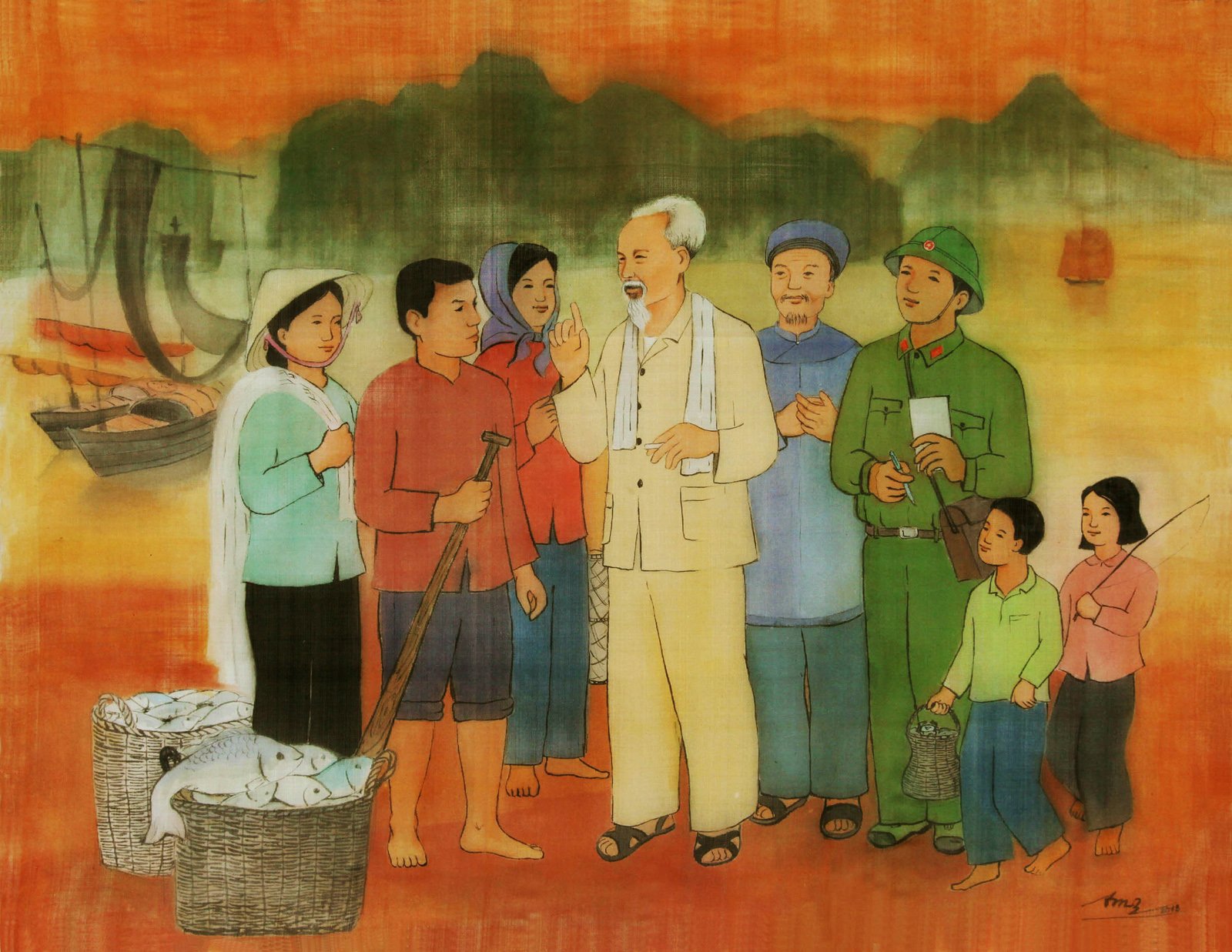
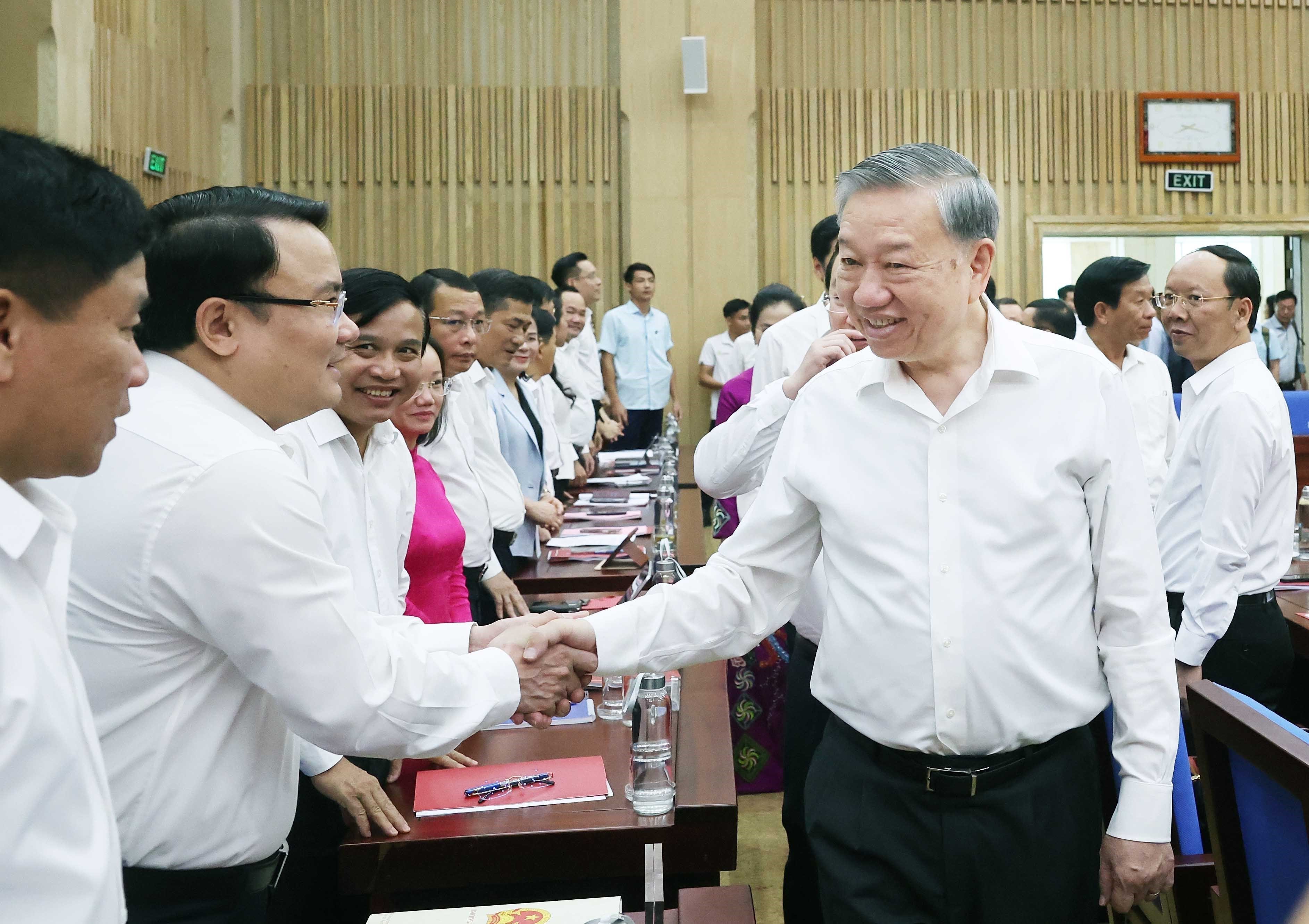
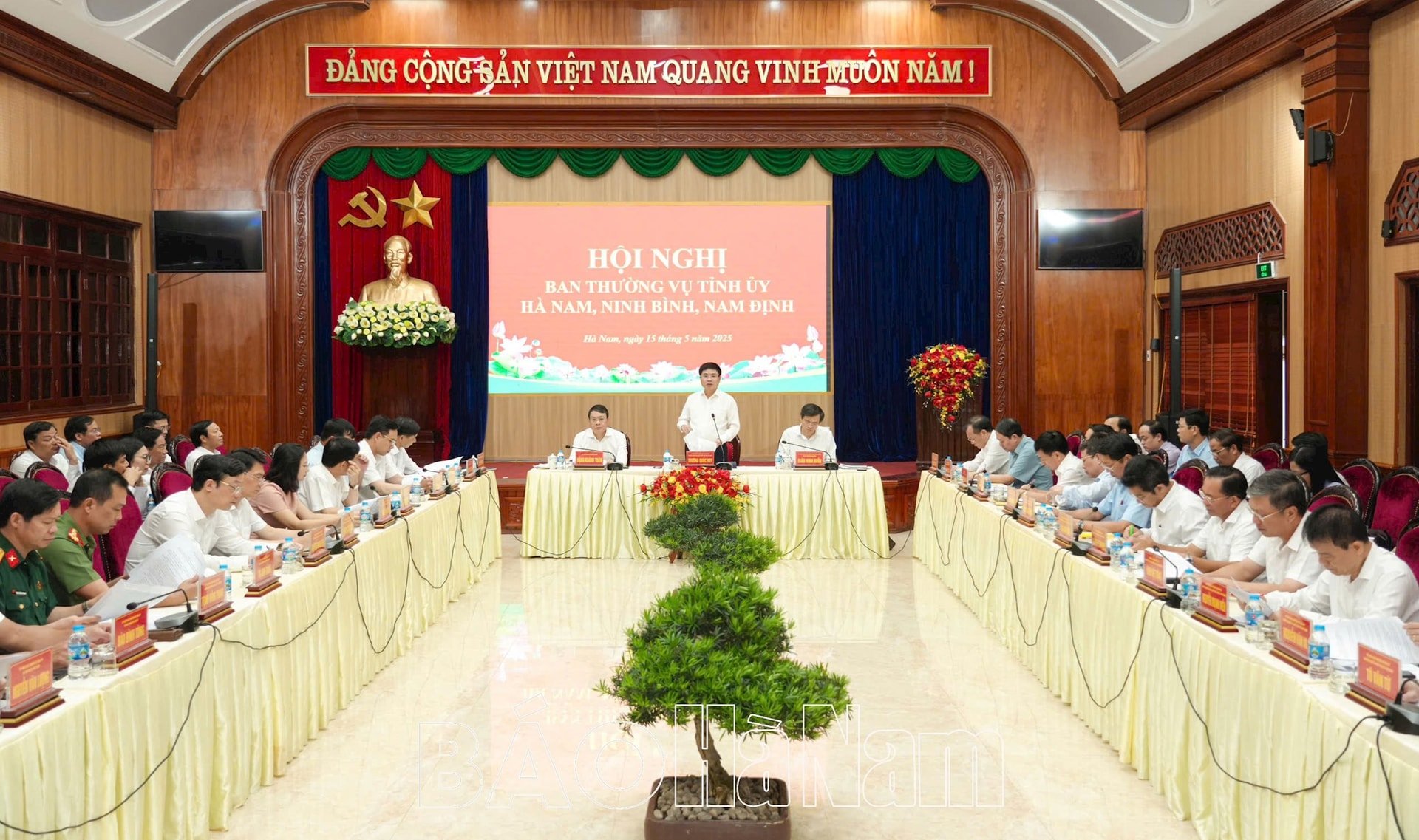

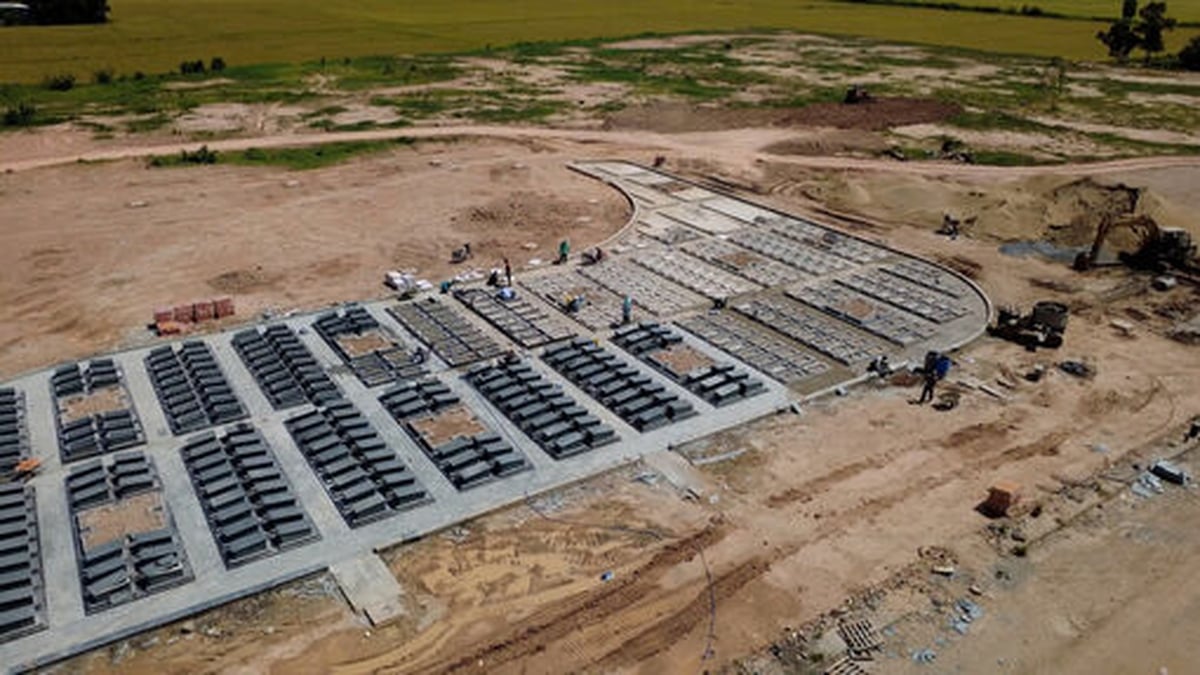


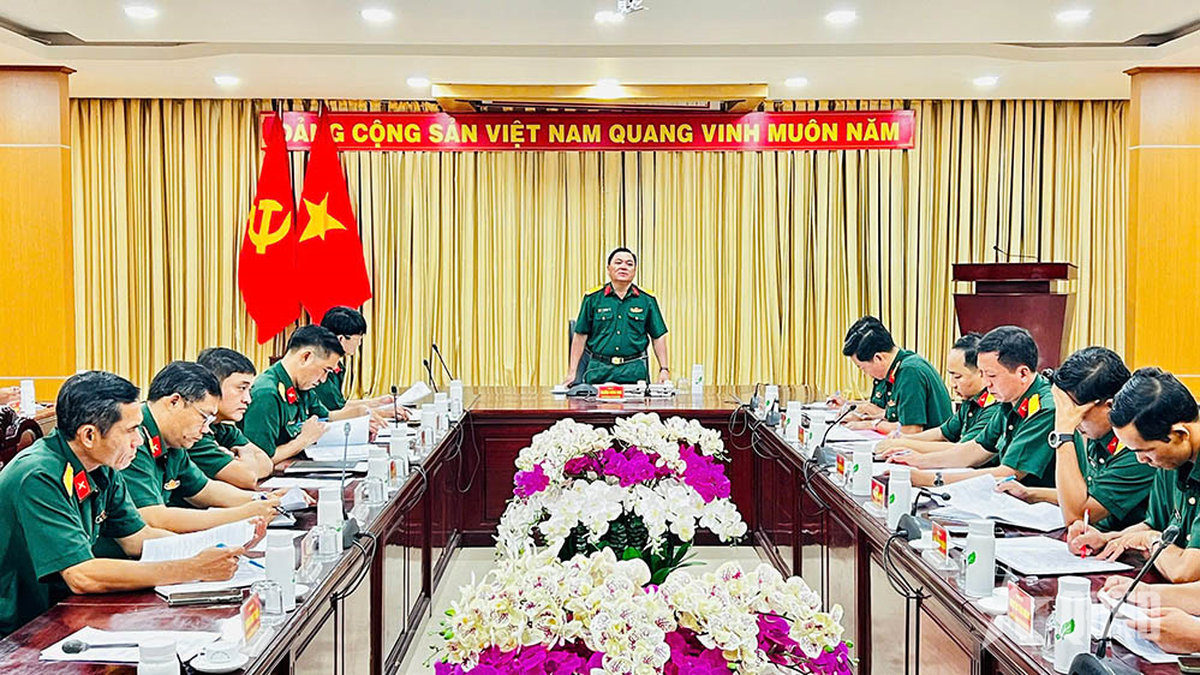
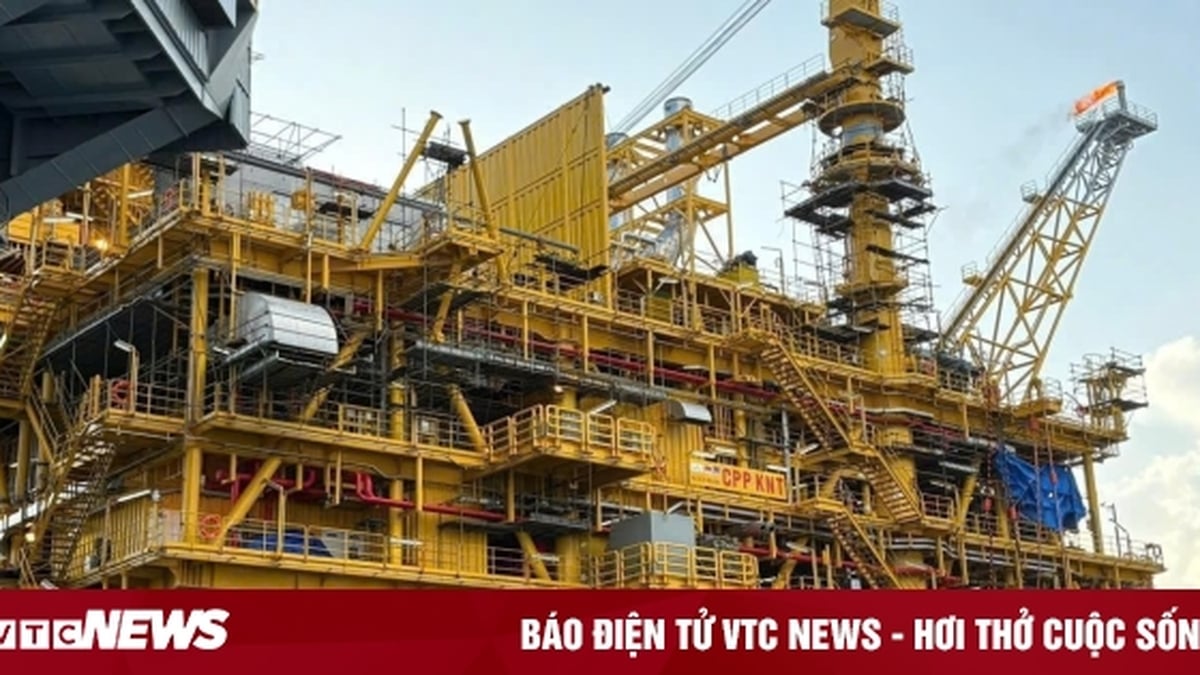

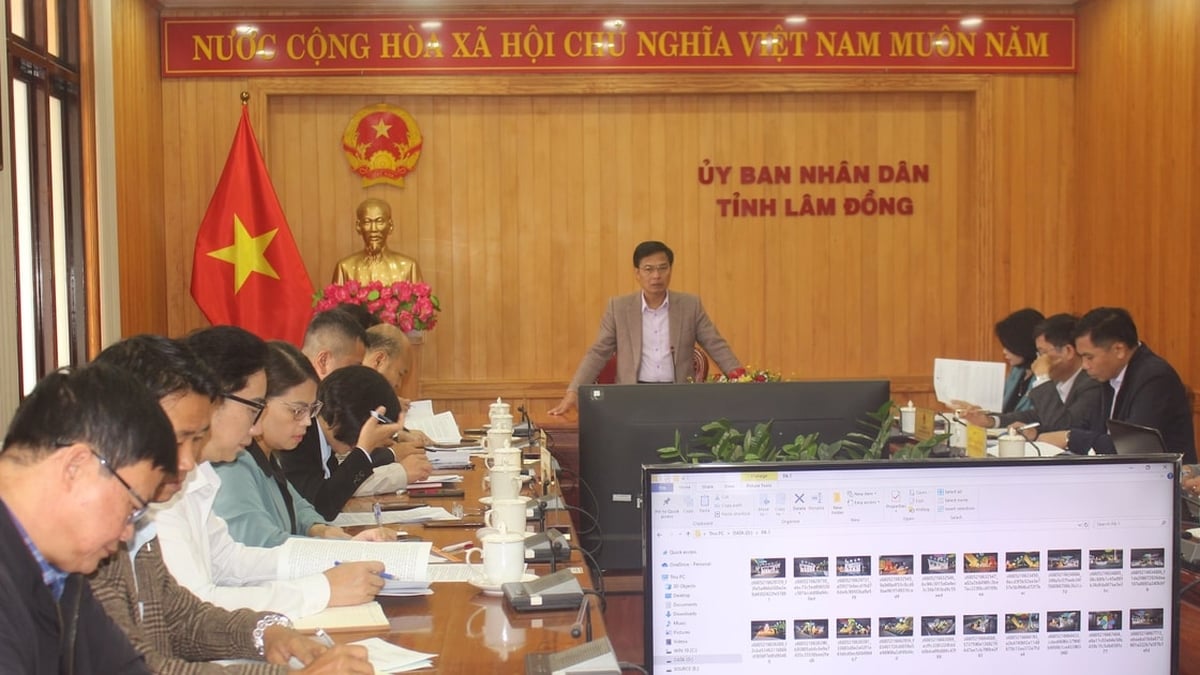
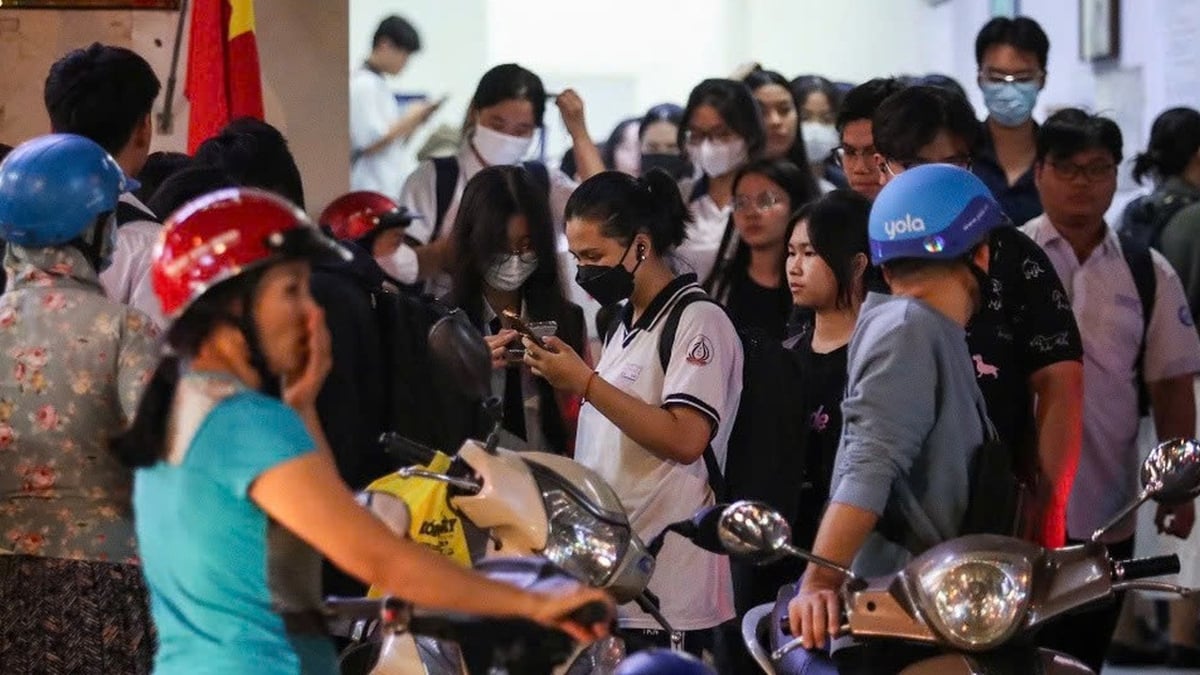
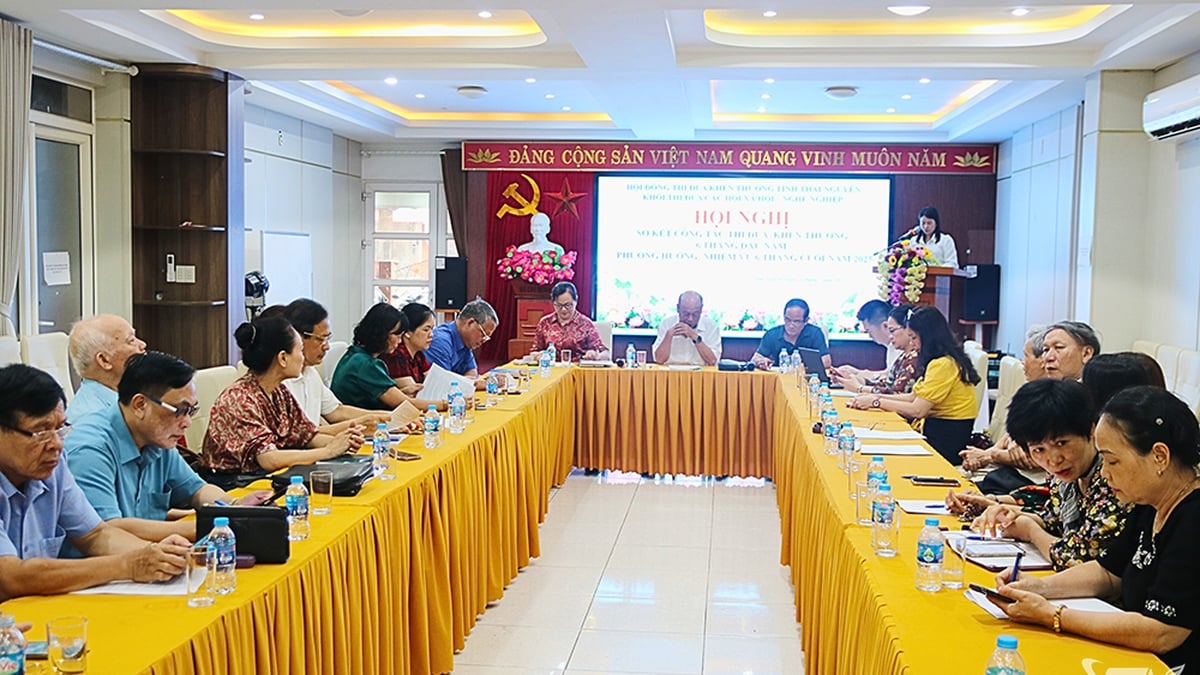

















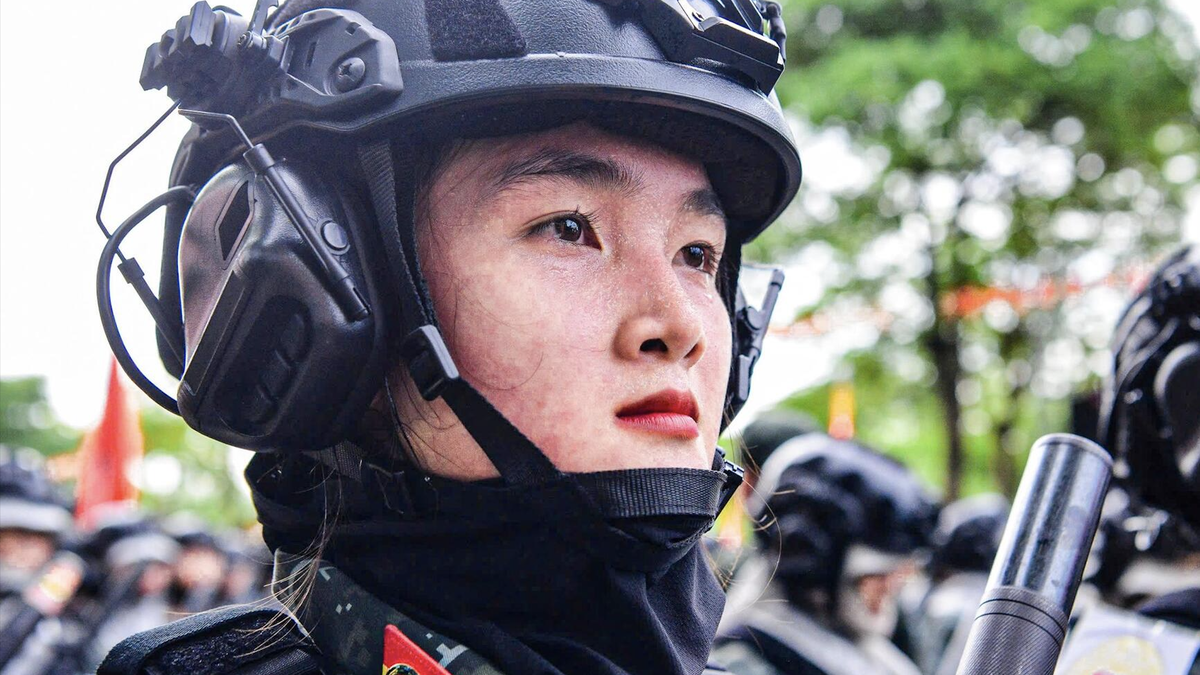


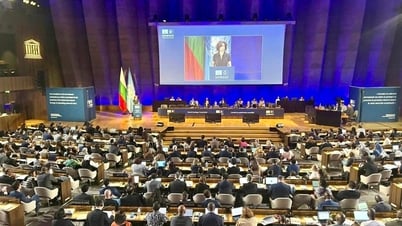

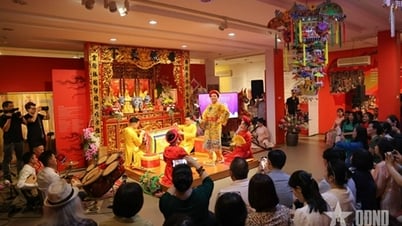

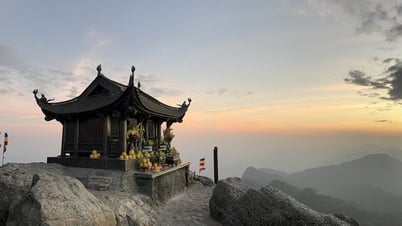

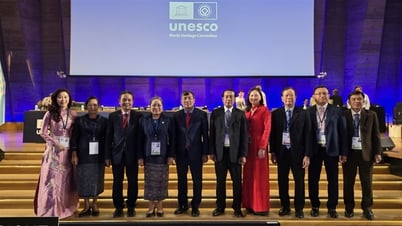

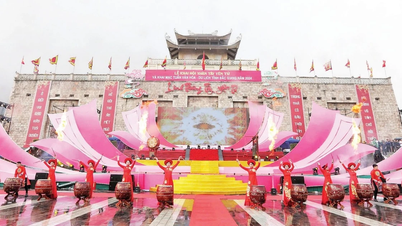
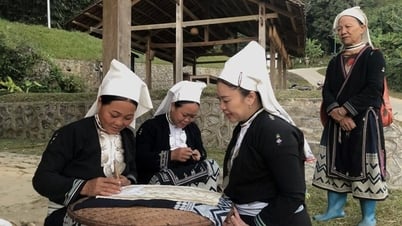

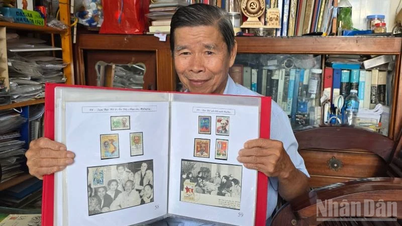
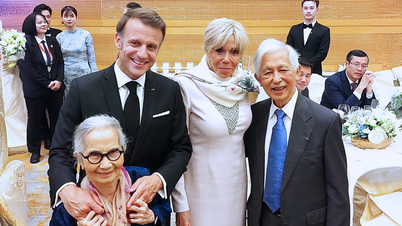






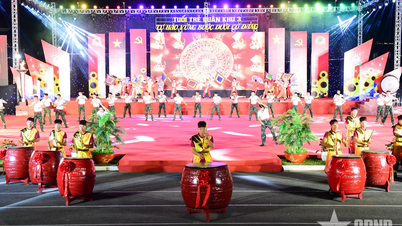




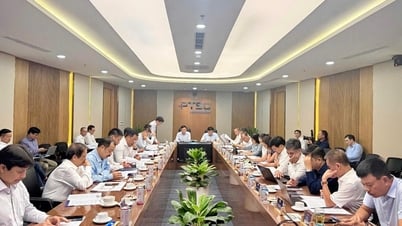

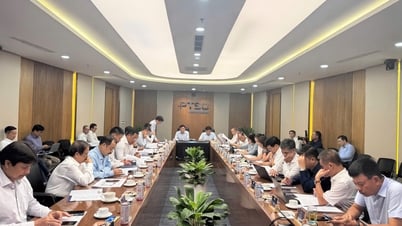



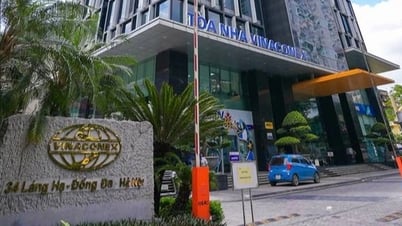
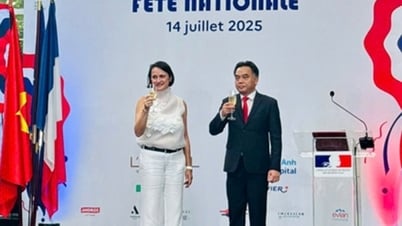

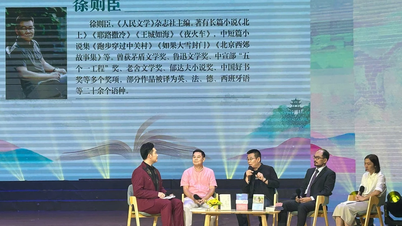


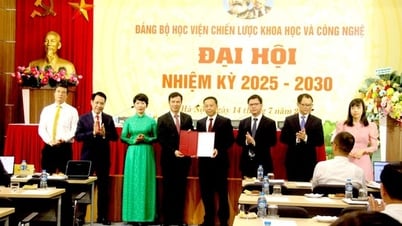

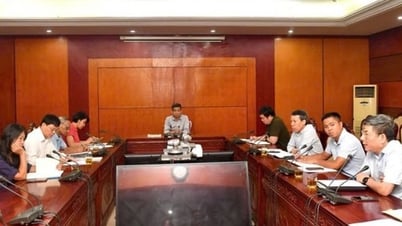

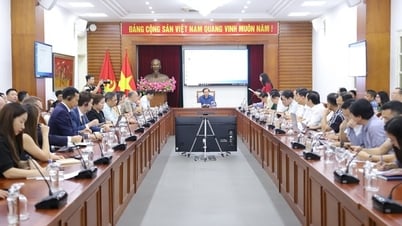
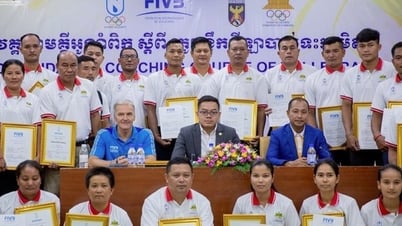











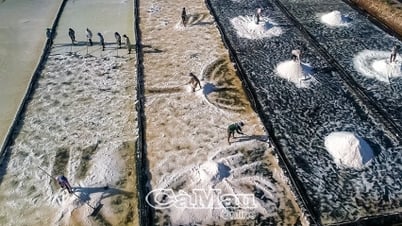

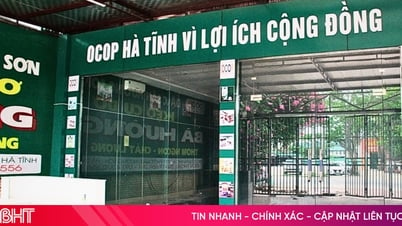

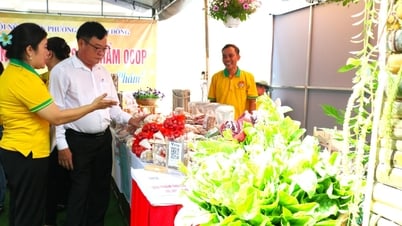

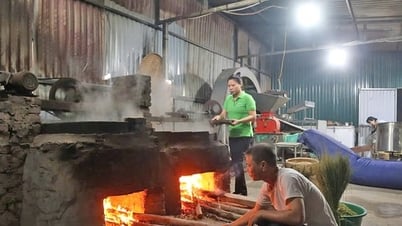

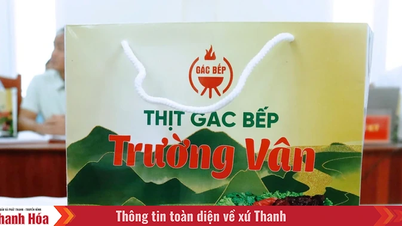


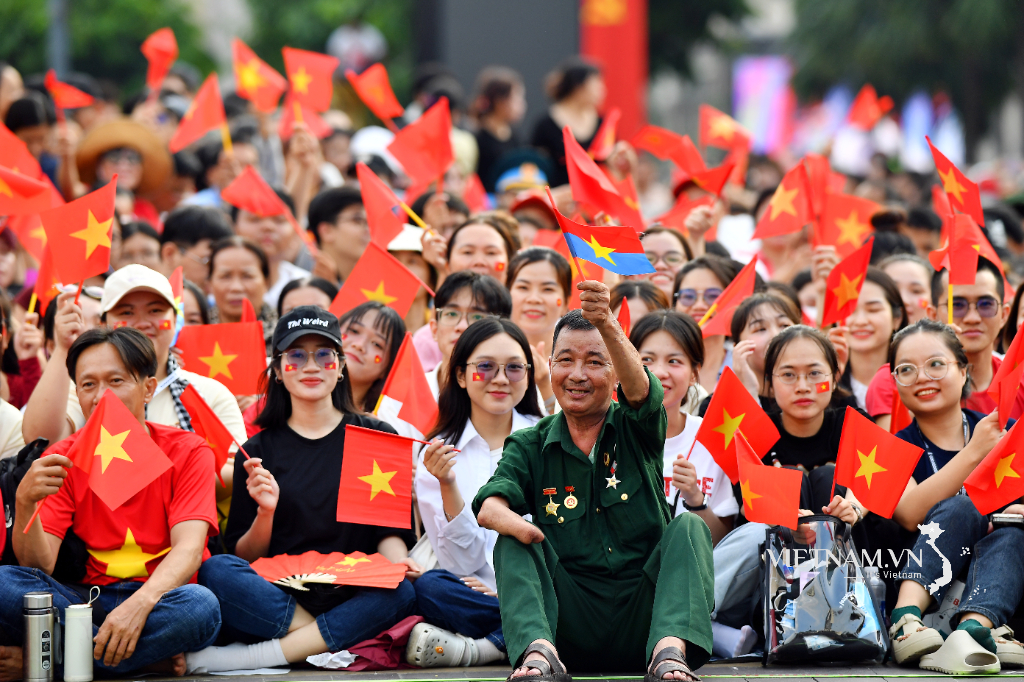


Comment (0)